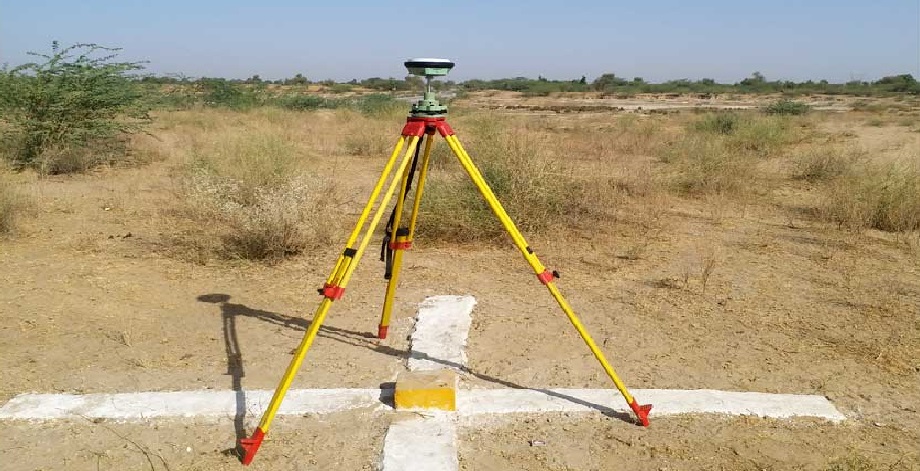DGPS Survey

Introduction
What is DGPS?
Differential GPS (DGPS) is a refinement of the Global Positioning System (GPS) that reduces errors caused by atmospheric conditions, satellite clock drift, and signal delays. It works by comparing signals received by a stationary base station (with a known location) and a mobile rover unit. Corrections calculated by the base station are sent in real-time to the rover, significantly increasing positional accuracy.
Key Components
Base Station – A fixed GPS receiver at a known location that calculates correction data.
Rover – A mobile GPS receiver that moves around the survey area and applies the corrections.
Radio Link or GSM Modem – Transmits correction signals from the base to the rover.
Controller/Data Collector – Logs coordinates and stores data.
Software – Used for post-processing and mapping.
Surveying Procedure
Setup Base Station – Install the base station over a known control point.
Initialize Rover – Connect and configure the rover to receive real-time corrections.
Data Collection – Move the rover to different survey points and record accurate coordinates.
Post-Processing (if required) – Apply corrections in software to further refine accuracy.
Data Export – Extract and format data for use in CAD, GIS, or other mapping systems.
Applications
Topographic and cadastral mapping
Road and railway alignment
Utility mapping and infrastructure surveys
Coastal and marine navigation
Precision agriculture
Mining and quarrying
Advantages
High positional accuracy (sub-meter to centimeter level)
Real-time corrections for immediate results
Works in remote or open areas where traditional methods are difficult
Efficient data collection over large areas
Compatible with GIS and CAD software for seamless integration
Conclusion
DGPS Surveying is a powerful and precise technique for capturing geospatial data with high accuracy. Its ability to provide real-time corrected positioning makes it a go-to method for many modern surveying tasks, especially where accuracy and efficiency are critical.
Market Analysis
How can we help you?
Contact us at the Consulting WP office nearest to you or submit a business inquiry online.
